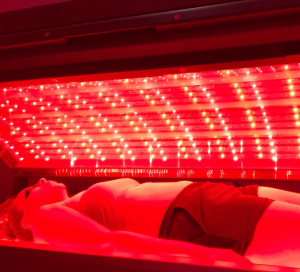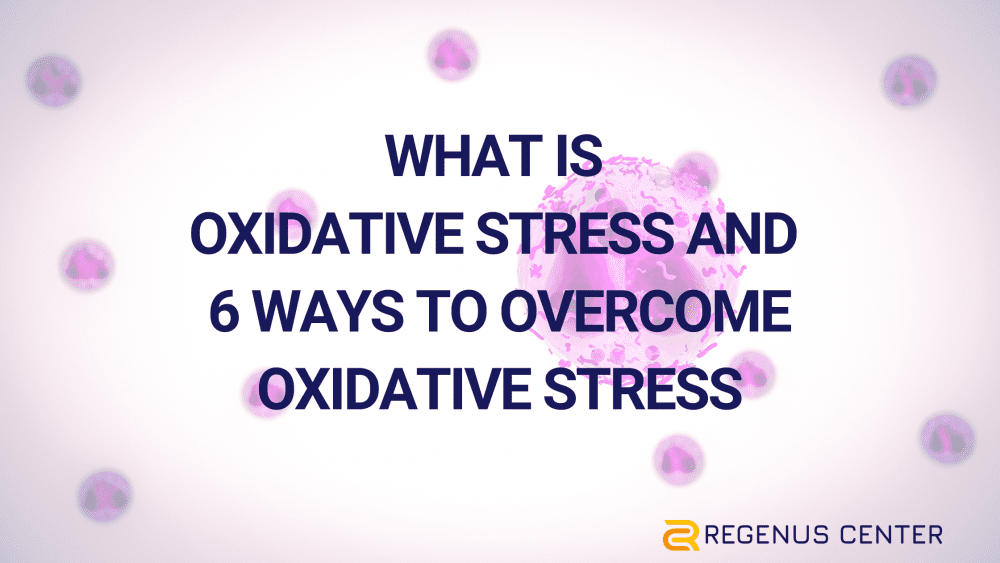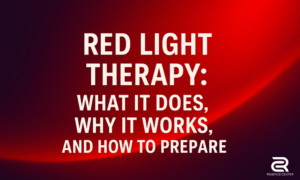Are you feeling like your body is going through a tough time because of something called oxidative stress? Well, guess what?
It’s quite common, and it happens when your body’s cells, tissues, and organs are doing their regular jobs.
But here’s the not-so-great news: too much of this oxidative stress can speed up aging and make you less healthy overall. The good news is that you can do things to lower oxidative stress and make your body feel better.
What exactly is this oxidative stress thing? Let’s break it down.
You see, inside your body, cells, tissues, and organs often break down molecules into tiny particles called atoms. Each atom has some particles called electrons, which are like tiny negatively charged things.
Some electrons like to team up and create new, stable atoms and molecules. These electrons can be shared between different atoms or just hang out with lots of atoms at once.
But there’s a twist – electrons prefer to be in pairs to stay stable. When they’re alone, they’re called free radicals, and they’re pretty unstable.
Free radicals start looking for other lonely electrons they can bond with or steal from.
This bonding helps them become more stable, but it also changes how the molecule they’re in behaves. And this change can affect how your cells, tissues, and organs work.
Stealing electrons also messes up the atoms that lost them in the first place. Plus, those newly created free radicals start hunting for more electrons, making even more free radicals.
This chain reaction can harm cell membranes, DNA, mess up chemical reactions in your body, and damage connective tissue and collagen.
Free radicals are created when your body does its everyday tasks, and they can also come from things like X-rays, air pollution, cigarette smoke, and other stuff in the environment.
The biggest source of free radicals is actually oxygen, especially when your body uses it for energy in a process called oxidation. But your body fights this by using antioxidants, which are like natural bodyguards that can give free radicals the electrons they need without going unstable themselves.
Some antioxidants are made by your body, and you can also get them from certain foods.
So, when you have more free radicals than antioxidants in your body, that’s when you have oxidative stress. Doctors can test your blood to check your antioxidant levels.
Oxidative stress can lead to all sorts of health problems, like:
- Chronic inflammation
- Diseases like Alzheimer’s and Parkinson’s
- Cancer
- Heart and blood vessel issues, like high blood pressure
- Diabetes
- Chronic fatigue
- Inflammatory disorders
- Asthma
Oxidative stress isn’t good for you, and it can make your cells, proteins, and DNA suffer. It can even make you age faster and play a part in causing health problems like diabetes, cancer, and diseases that affect your brain, like Alzheimer’s.
But you can fight back against oxidative stress! Here’s how:
- Eat nutrient-rich whole foods that have antioxidants, like blueberries, strawberries, cranberries, broccoli, spinach, potatoes, and carrots.
- Cut down on fatty, sugary, dairy, animal products, and processed foods, which can promote oxidation in different ways.
- Live a performance lifestyle – today, it is not enough to live just healthy, like quitting smoking, exercising, and not drinking. It is time to give rise to a new lifestyle supporting you in all areas of your life. If one area of your life is not working optimally, it will lead to stress, and we all know living in chronic stress mode is not beneficial to our bodies.
- Find ways to manage stress and surround yourself with people and activities that feed your soul.
- Try to avoid things that can cause oxidative stress in your environment, like harsh chemicals, pollution, and cigarettes.
How can Regenus Center help you overcome oxidative stress?
In the pursuit of optimal health and well-being, it’s essential to consider cutting-edge therapies that target oxidative stress and inflammation within the body. Two remarkable approaches that Regenus Center at east hanover is offering and its gaining recognition in the field of health and wellness are Red and Near-Infrared Light Therapy and Cold Therapy.
These therapies not only provide effective relief from oxidative stress but also offer a host of additional benefits that promote overall vitality.
Red and Near-Infrared Light Therapy:

Harnessing the power of specific wavelengths of light, Red and Near-Infrared Light Therapy has emerged as a promising avenue for reducing oxidative stress and inflammation. This therapeutic modality involves exposing the body to carefully calibrated light frequencies that penetrate deep into the tissues, stimulating a range of positive responses.
One of the key advantages of this therapy is its ability to mitigate oxidative stress by influencing the body’s natural processes. It achieves this by enhancing the production of ATP (Adenosine Triphosphate), a vital molecule responsible for providing energy to cells. The heightened ATP levels help cells function optimally, promoting their ability to repair and regenerate.
Additionally, Red and Near-Infrared Light Therapy supports the reduction of inflammation, a major contributor to oxidative stress. By targeting inflamed areas, this therapy can minimize the generation of harmful free radicals, which are known to exacerbate oxidative damage. Thus, the therapy indirectly leads to lower oxidative stress levels, fostering an environment conducive to well-being and vitality.
Cold Therapy:

Harnessing the power of specific wavelengths of light, Red and Near-Infrared Light Therapy has emerged as a promising avenue for reducing oxidative stress and inflammation. This therapeutic modality involves exposing the body to carefully calibrated light frequencies that penetrate deep into the tissues, stimulating a range of positive responses.
One of the key advantages of this therapy is its ability to mitigate oxidative stress by influencing the body’s natural processes. It achieves this by enhancing the production of ATP (Adenosine Triphosphate), a vital molecule responsible for providing energy to cells. The heightened ATP levels help cells function optimally, promoting their ability to repair and regenerate.
Additionally, Red and Near-Infrared Light Therapy supports the reduction of inflammation, a major contributor to oxidative stress. By targeting inflamed areas, this therapy can minimize the generation of harmful free radicals, which are known to exacerbate oxidative damage. Thus, the therapy indirectly leads to lower oxidative stress levels, fostering an environment conducive to well-being and vitality.
Cold Therapy:





